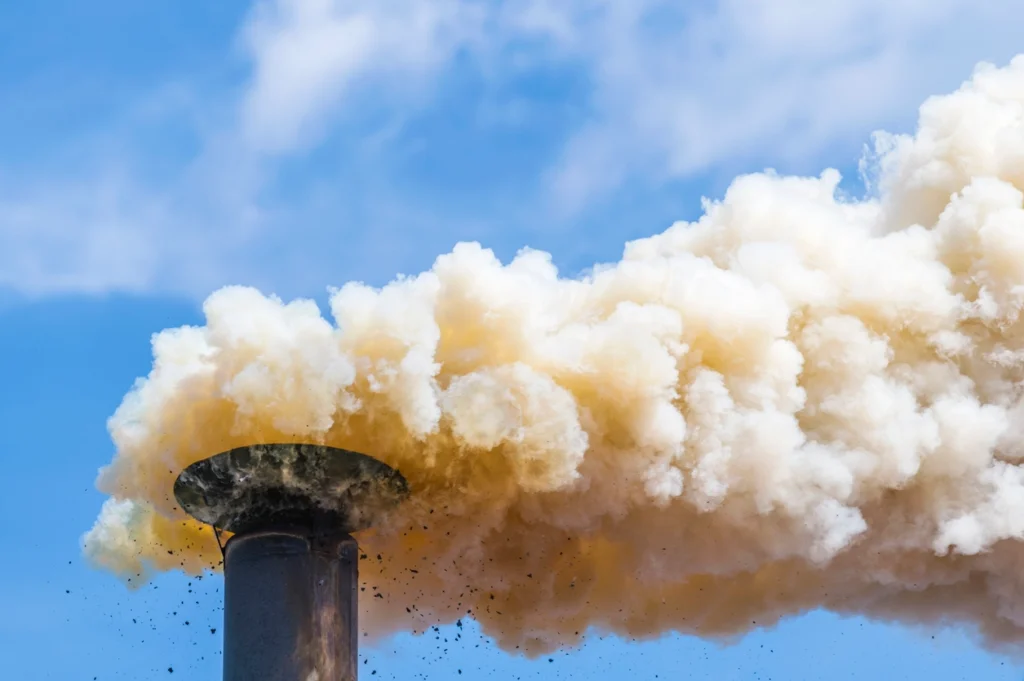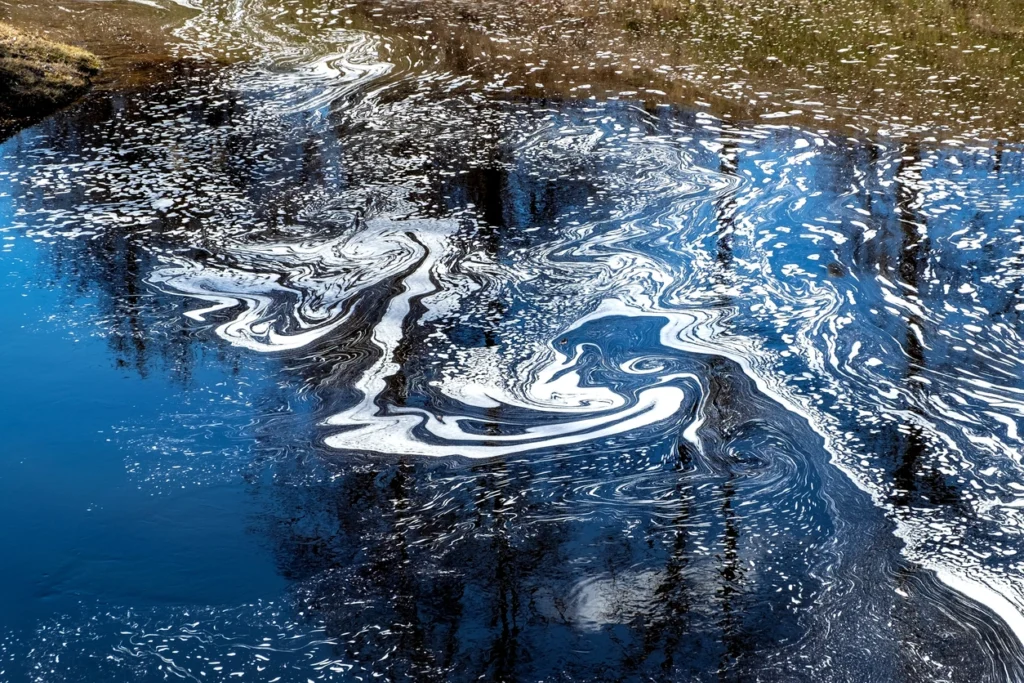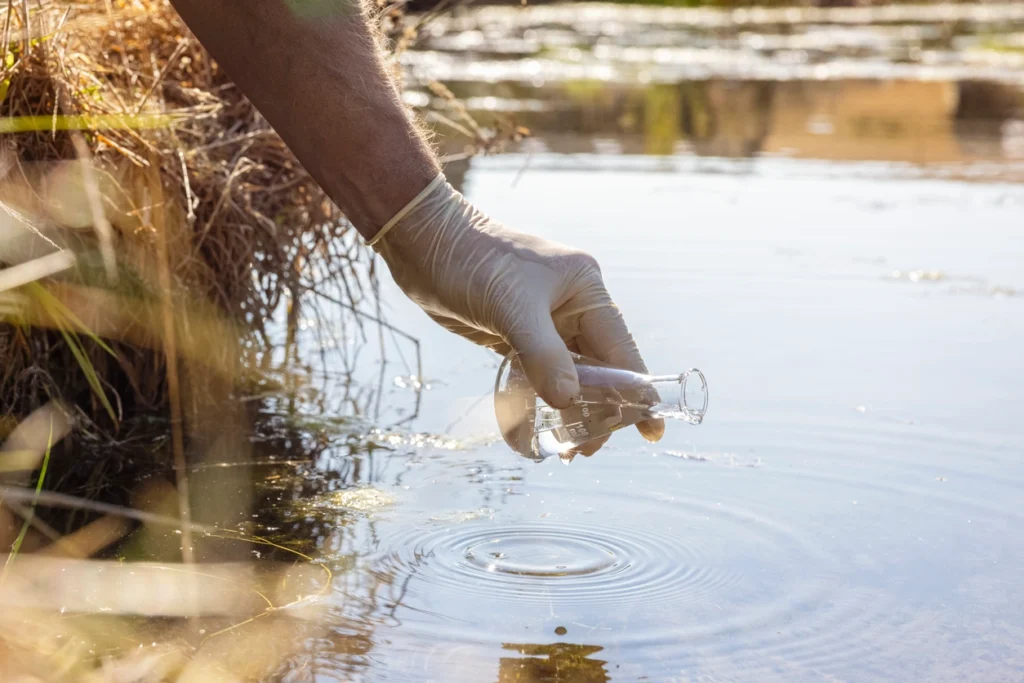Picture this: You’ve just gotten the results of your Phase I Environmental Site Assessment, and it’s not good news. Potential contamination, old records with red flags, maybe a whole tangle of questions about what’s buried on that land. That clear path forward suddenly feels a lot less certain. If that sounds familiar, know this: you have options beyond an immediate, full-blown Phase II ESA investigation.

Is a Traditional Phase II ESA Right for You?
Let’s be clear – in many scenarios, a full Phase II Environmental Site Assessment is the most logical next step after a concerning Phase I. Here’s when it’s often your best bet:
- Obvious Signs of Trouble: Visible spills, suspicious waste disposal, strong odors…these aren’t things a limited investigation can adequately address. A Phase II digs deeper for answers.
- Strict Timelines or Requirements: Whether it’s a real estate transaction with deadlines or regulatory mandates, sometimes you need comprehensive data fast. A Phase II might be the most efficient path, even if costlier.
- High-Risk Property Use: Schools, daycares, or housing developments on potentially contaminated land demand extra certainty for health and safety reasons. A Phase II aims to leave as few unknowns as possible.
Factors to Consider:
Even if your situation doesn’t fit neatly into the above, consider these questions with the help of an environmental professional:
- How Bad Is It? Does the Phase I suggest widespread, serious contamination, or a more isolated concern? The type of contamination matters too – some substances are riskier or harder to clean up than others. If it looks like it could be spreading, a Phase II to map the extent is vital.
- What’s Your Budget? Phase II costs can vary dramatically. Getting preliminary estimates helps set realistic expectations. Remember, it’s not just the assessment cost – a thorough Phase II can actually save money long-term by guiding any necessary cleanup.
- Can You Wait? In some cases, more limited investigations or further research might provide enough info to make a better-informed call on a full Phase II later. This can be especially true if historical records are the main issue raised in the Phase I, or if the risk seems very low.
Alternative Paths (When to Consider Them)
It’s important to know that a full-on Phase II ESA isn’t your only option after a Phase I raises concerns. In certain situations, a different approach might be smarter, faster, or simply more financially feasible. Here’s what else might be on the table:
Limited Investigations
This isn’t a replacement for a Phase II, but when your concern is very targeted, it might be enough. Think of it like this: your Phase I flagged a potential old fuel tank – a limited investigation would focus on confirming if it’s there, and if there’s any leakage.
Addressing Specific Issues
Sometimes, the solution is more straightforward than a broad Phase II. Removing an abandoned storage drum, deeper historical research to clarify past site uses, or initial testing in just one ‘hotspot’ area can be valid first steps.
“Wait and See” with Monitoring
This is rarely the ideal scenario, but it can be part of a strategy. If the Phase I suggests low-level contamination that isn’t likely to spread, regular monitoring (groundwater testing, for example) might be approved by regulators, buying you time to make longer-term decisions.
These alternatives generally still require the expertise of an environmental consultant! They help determine if the approach makes sense and ensures any testing or cleanup is done correctly.

Beyond the Technical: Factors That Impact Your Next Steps
We’ve talked about contamination types, testing options, and all the scientific stuff. But the decision concerning Phase I ESA is rarely made in a vacuum. Here are the real-world considerations that often come into play:
- Financial: It’s no secret – Phase II ESAs can be expensive. The cost varies depending on the site’s size, suspected contaminants, and other factors. Getting ballpark estimates from multiple consultants is smart. However, remember that the potential costs of not adequately assessing the contamination could be far greater down the line.
- Legal: This is where liability gets serious. If you’re buying a property, a thorough Phase II can offer protection. If you’re selling, it might be necessary to reassure potential buyers or lenders. Environmental lawyers often advise clients to err on the side of more exhaustive investigations, even if upfront costs are higher.
- The “Deal Factor”: Are you in the middle of a time-sensitive real estate transaction? That might push you towards the fastest route to get answers, even if imperfect. On the flip side, if you have more flexibility, a phased approach (limited investigation first) could be an option.
Each situation is unique! It’s crucial to get input from both an environmental consultant and professionals who understand the financial and legal aspects of contaminated properties.
Getting the Help You Need
Even if you’ve read everything up to this point, navigating the world of environmental assessments post-Phase I can feel overwhelming. The good news is, you don’t have to do it alone. Here’s how to find the right expertise and ensure a successful outcome.
- Finding the Right Consultant: Look beyond just certifications. What’s their experience with your specific type of property and the kinds of contamination your Phase I raised? Do they communicate in a way you understand? Don’t be afraid to interview 2-3 firms before making a decision.
- Your Role: A good consultant won’t treat you like a passive bystander. You likely have valuable information about the property’s history, future plans for its use, and your own concerns. Be prepared to share this openly, as it can shape the best investigative approach.
Questions to Ask a Potential Consultant
- Can you explain the different investigation options in the context of my specific Phase I results?
- What’s a realistic timeline and estimated cost range for a Phase II on my property?
- How do you work with clients to balance budget concerns with thoroughness?

Finding Your Path Forward
A concerning Phase I ESA result can be stressful, but knowledge is power. By understanding your options, getting the right professional guidance, and considering both the technical and practical aspects, you can make the best decision for your specific situation. Sometimes, the path to a safer, cleaner property won’t be a straight line, but taking those informed next steps is a crucial investment in the future.
Frequently Asked Questions About Phase I & Phase II ESA
My Phase I didn’t turn up major red flags, just some uncertainties. Do I still need a Phase II?
Possibly. It depends on your intended use of the property and your risk tolerance. A Phase II might reveal issues that weren’t immediately obvious, providing peace of mind or altering your plans. A consultant can help you weigh the potential ‘unknowns’ against your specific needs.
Can I negotiate the cost of a Phase II ESA?
Yes, to a degree. Get quotes from several reputable firms. Be clear about the scope of work – are you comparing apples to apples? Lower bids aren’t always the best deal, as cutting corners on testing can backfire later.
What if I find contamination after already buying the property?
Unfortunately, this is why “buyer beware” and due diligence are crucial. Liability may fall on you. Consult an environmental lawyer immediately. Some states have brownfield programs that can offer financial assistance for cleanup, but it’s a complex process.
Are there any DIY steps I can take after a Phase I?
Focus on research. Check if your state’s environmental agency has online records of spills or permits for your area. Historical maps and aerial photos can sometimes tell a story the Phase I didn’t uncover. This info helps your consultant be more efficient.
How long does the whole process usually take?
It varies wildly. A straightforward Phase II on a small site might be a few weeks. Complex contamination or legal wrangling can drag it out for months. A good consultant will give you realistic expectations upfront, and keep you updated on any delays.











